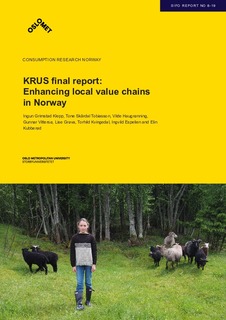Wardrobe sizes and clothing lifespans
Ingun Grimstad Klepp, Kirsi Laitala and Vilde Haugrønning
Abstract
It is easy to assume that a large wardrobe is characterized by excessive clothing and high acquisition, with little use of each garment and thus a big environmental impact. However, it is also possible to think the opposite; that the large wardrobe is a result of clothes remaining in use for a long time, that disposal happens rarely, while acquisition can be normal or even low. Whatever the reason, in a large wardrobe it is more likely that clothes become old before the technical life expires. This is because many of the garments are seldom used. Small wardrobes are often presented as favourable for both people and the environment, and as part of an ecological-friendly lifestyle, but we know little about the interaction between wardrobe sizes, longevity and the environmental impact.
In this paper, we investigate this relationship based on survey material from five countries; China, Germany, Japan, UK and the USA. We find that consumers with large wardrobes use their clothes longer, but consumers with small wardrobes use their clothes more often before they are disposed. We conclude that a good utilization of resources is possible with both large and small wardrobes, but in different ways. As we work towards more sustainable clothing consumption, we need to approach consumers differently, in order to give constructive advice to all.
This is a conference article from the 3rdPLATE 2019 Conference. Click here to find the full conference proceedings including this article (depositonce.tu-berlin.de).
